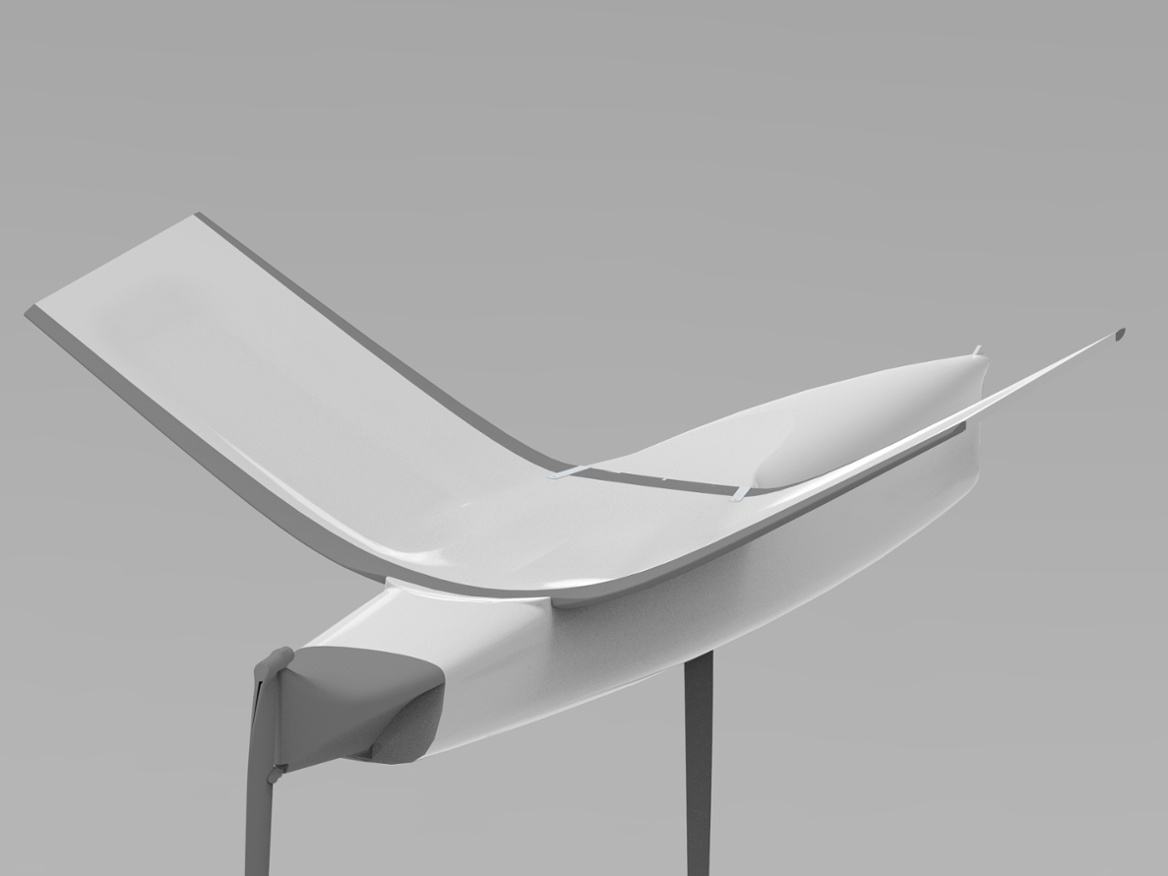The Mackay Bieker Moth BM-V2 is undeniably fast, yes, but… could it be possible to extract even more performance from this potent boat? That was the question, Dave McDiarmid, turned his mind to at the recent Moth Worlds.
The design team is constantly brainstorming new ideas for the future and being at the worlds gave David the time to test out some of these ideas while talking to the sailors.
Since then, no time has been wasted putting all of these ideas into a single package utilizing the full skills of our top design team to conceive the BM-V3
But let us be honest from the outset, the BM-V3 is an evolution rather than a radical change, particularly given how successful the V2 is.
Let’s talk about the Mackay Bieker Moth evolution.
Before we jump into the details, just to be clear on the goal of every Mackay Bieker Moth model produced –
The Mackay Bieker Moth is based on a “no compromise” philosophy - every aspect is designed to deliver the fastest sailing experience possible.
“There is not one single millimeter of the Bieker Moth that has not been analysed for optimal aerodynamic, hydrodynamic or engineering performance,” says Dave MacDiarmid.
When we inherited the V1 Bieker, we looked carefully at aerodynamics and introduced the deck fairing to better seal the deck sweeper mains, then we added the solid wings.
For the BM-V2, engineering was the critical focus. New tooling was made using high temperature pre-preg and the moulds designed to allow us to build a stronger and more accurate boat.
The boat is built from aircraft grade honeycomb which gives a significantly lighter, stiffer boat. The maximum stiffness to weight ratio is achieved and the new tooling allowed us to take full advantage of the materials superior properties.
Since the introduction of the V2, most development has gone into foils and systems that were all able to be retrofitted onto existing hulls.
Post 2023 Worlds, full scale flow tests were once again undertaken to help determine the BM-V3 target improvements.
What we discovered was that the quantum leap in hull shape was made back with the V1 – the sleek hull shape still offers the most optimal aerodynamic performance. However, performance gains could be made in the form of increasing righting moment through refining the solid wing, perfecting the deck seal, and designing a sleeker deck interface for drag reduction and easier maneuverability.
“The BM-V3 design effectively blends the V2 with the latest aerodynamic, hydrodynamic and engineering research and technology, to create the ultimate turbo charged, Moth,” says Dave McDiarmid.
So here’s what entails this turbo-charged BM-V3 model -
Wing shape and section
- An adjustment of the wing angle to increase the righting moment when sailed at the optimum heel angle.
- Single one-piece beams used for ultimate strength and stiffness, with the fore and aft beam section shape refined to encourage attached flow, and the outer beam now incorporated into the solid tramp.
- A redesign of all connections between beams, tramps, deck.
- A reduction of the planform areas.
- In terms of weight changes, if anything a slight reduction in weight.
Deck Interface
- A new deck shape that completely conceals the controls. The only rope visible is from the cleat plate to the outboard end of the tramp. Even the cleats themselves are mostly hidden.
“What you will experience is an incredibly clean wing and deck area that enables easy maneuverability along with drag reduction. It’s also perfect to manage the flow from the lower area of the sail” says Dave McDiarmid.

Below Deck
- Utilisation of space under the deck with a larger systems area to make all systems more efficient and easier to adjust. This also removes drag created from the control lines on the wings.

Transporting the V3
Transporting the BM-V3 is as easy as its predecessor - the boat dismantles to fit into the moth box.
The coming of V3
Expect to see the BM-V3 hit the water in the couple of months.

